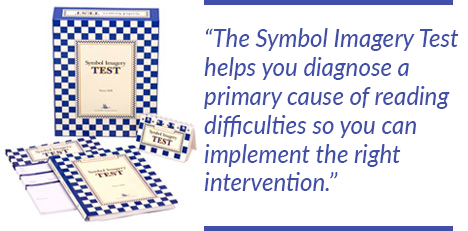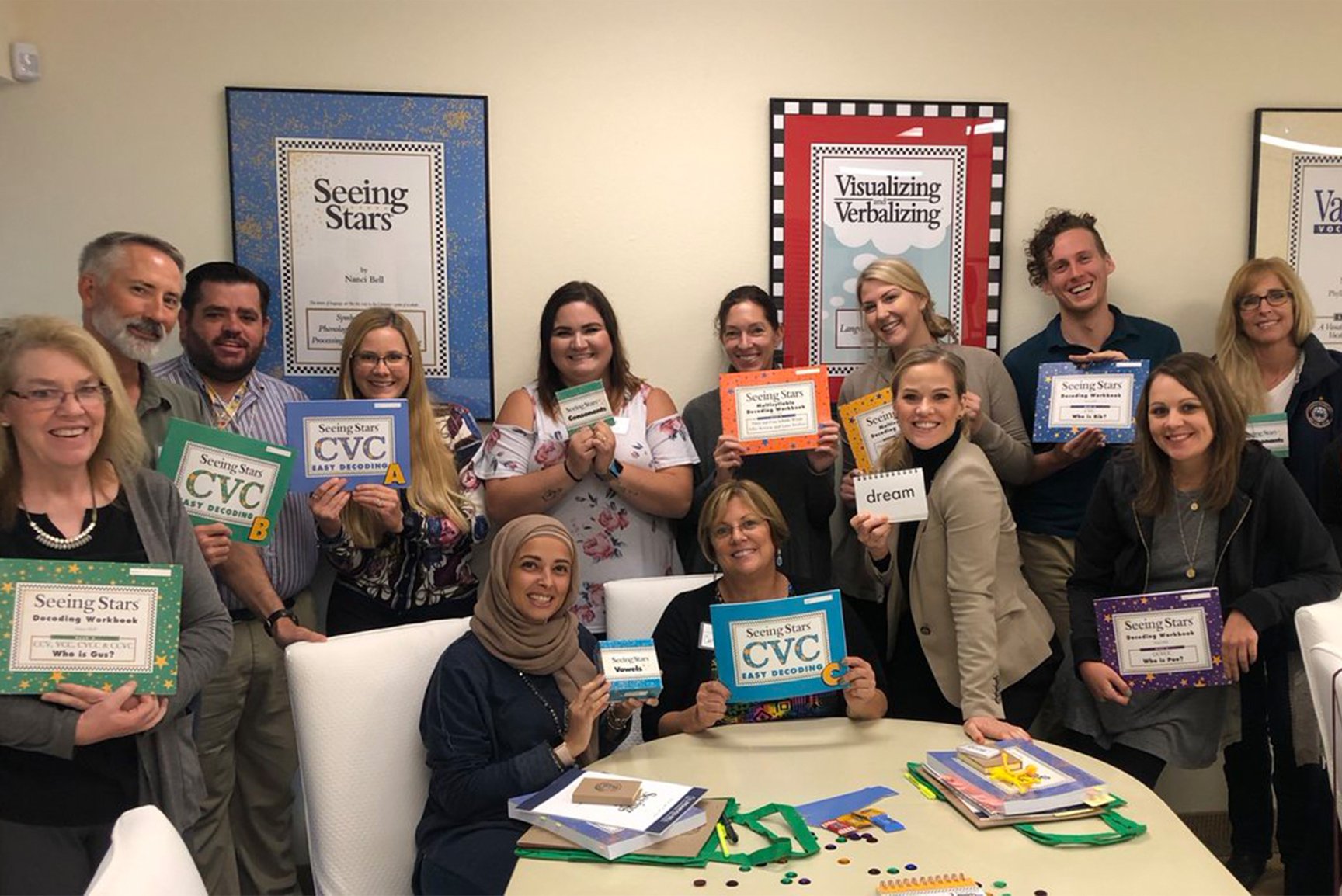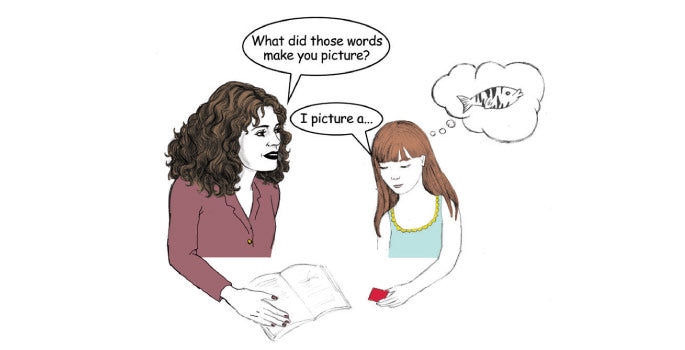Kellyn Ross was trained in Visualizing and Verbalizing (V/V) through Lindamood-Bell several years ago when she was a Special Education teacher. Today, as an Instructional Coach in the Monte Vista School District in Colorado, she works with teachers to help them implement V/V strategies in the classroom.
The Visualizing and Verbalizing program develops concept imagery as a foundation for comprehension, recall, and higher order thinking skills. Unlike traditional strategies, it develops a cognitive skill that underlies comprehension, often a critical missing piece for struggling students. It is used effectively as an intervention and in the classroom to increase comprehension in all content areas.
In a recent Lindamood-Bell webinar, Ross identified two key areas where V/V concepts have had a significant impact on student confidence and performance.
V/V strategies for test preparation
Ross shared that while students were gaining comprehension skills through V/V instruction in intervention groups, it wasn’t until teachers started using V/V concepts and language in other classroom settings that they were able to transfer and apply those skills across the board.
Several years ago they noticed a need to incorporate V/V skill building when preparing students for comprehension questions on state testing. “When it came to a testing setting, they (students) were struggling to interpret the question itself and then determine how to answer it,” shared Ross. Instructors decided to attack that deficit using V/V since it was a process they had used to build comprehension skills.
“We’ve used V/V to help students learn to answer questions of all kinds. It’s a strategy we’ve tried to build some independence with so that when they’re approaching a state test, they’re not as overwhelmed by a question that has 3-4 sentences in it,” Ross said.
As they prepare students for comprehension questions, instructors walk them through the steps of picturing what the question is asking. Once students have that picture, it’s much easier for them to provide a response. This process aligned perfectly with their RESTATE - ANSWER - PROVE strategy.

V/V application for Math
Another subject area where Ross has found V/V to be very supportive is math.
“We started to use that same (V/V) language to help them break down story problems because that’s one of the most challenging things for kids to do.”
As they walk students through story problems, instructors ask students important vocabulary questions. At the first grade level, they typically use the Sentence by Sentence step from V/V and really talk about what they’re picturing.

“As we’re breaking down a word problem, we’re having students picture what they see and maybe draw a picture to help them hang on to that visual,” she explained. “As they get older, they don’t need to draw out those pictures as much but it’s a scaffold for young learners to help them breach the visual with something concrete.”
Monte Vista has incorporated V/V to help students understand and answer questions in all content areas, and it’s a strategy they’ve used to build more independent students.
Watch Ross’s entire presentation and learn from other instructors who have years of experience in utilizing V/V strategies through the curriculum.








Socialize and Connect
Connect with us for the latest news, success stories, research, promotions, and more!